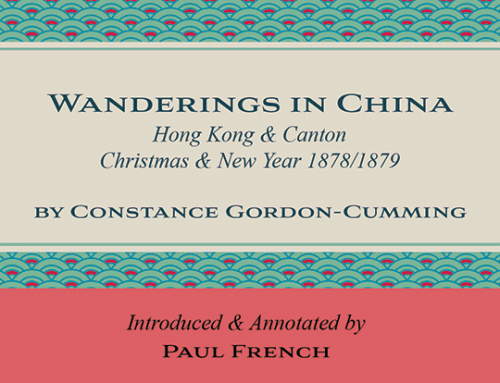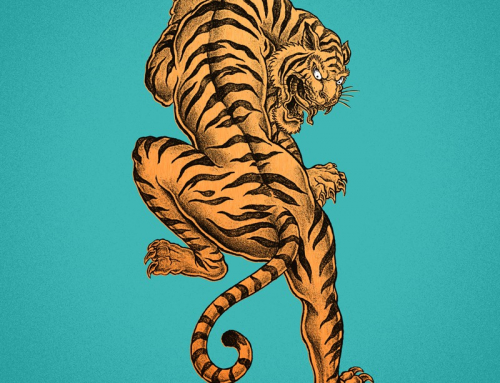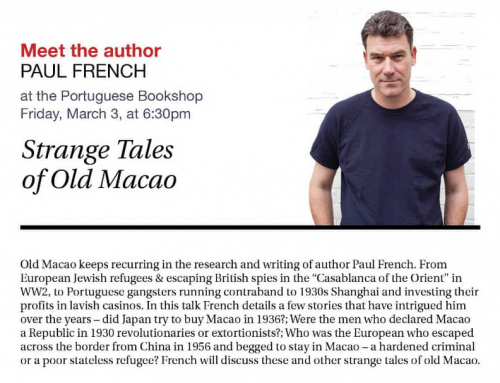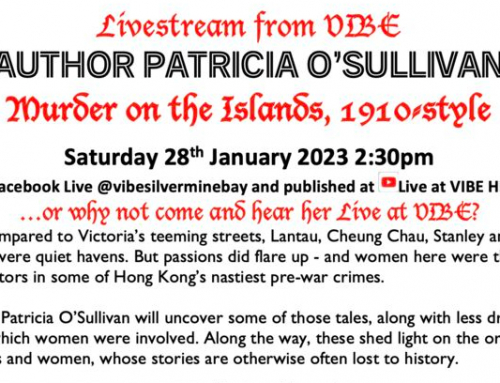 Yeeshan Yang’s book of investigative journalism Whispers and Moans has been brought to the big screen by Hong Kong filmmaker Herman Yau. Starring Athena Chu, Candice Yu and Monie Tung, the movie (Chinese title: 性工作者十日談) had its premiere at the Hong Kong International Film Festival on 28th March. The prolific Herman Yau is this year’s Director in Focus.
Yeeshan Yang’s book of investigative journalism Whispers and Moans has been brought to the big screen by Hong Kong filmmaker Herman Yau. Starring Athena Chu, Candice Yu and Monie Tung, the movie (Chinese title: 性工作者十日談) had its premiere at the Hong Kong International Film Festival on 28th March. The prolific Herman Yau is this year’s Director in Focus.
There’s an in-depth article on the background of the movie at the CEFC website:
… the film should probably be seen first and foremost as a depiction, in and through cinema, of the shady, nocturnal side of Hong Kong which is the backdrop for Yau’s gangster films. The club’s Indian doorman, his head wrapped in a huge red turban, the individual parlours decorated with bright mirrors and the sparkling casino where Tony works are commonplaces of Hong Kong cinema. An amusing detail in this respect is that Whispers and Moans received a category III rating (over 18), despite the absence of any explicit sexual scene. For this reason, it was distributed in cinemas (like the Tsim Sha Tsui Chinachem), which are in very close spatial and sociological continuity with the setting of the film. In any event, it is only the director’s interest in this nocturnal side of Hong Kong that can explain the nostalgia entailed by the closing of the club, which at the end of the film falls victim to mainland competition, in what has been interpreted by some critics as a metaphor for the future of Hong Kong cinema.
… Herman Yau questions the cohesiveness of Hong Kong ’s society, its fascination with appearances and bright neon lights; its infiltration by triads, and the patronising of call-girl clubs and bars by businessmen or drop-outs alike. But by constructing his film as a series of questions without answers, Yau meets the challenge of showing the fascination held by the shady world of clubs and prostitutes in Kowloon without romanticising it. Just like the Hong Kong of gangster films, this universe is not separable from the identity of the city, very much like cinema itself, which creates and shapes as much as it documents it.





Leave a reply